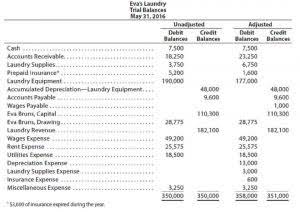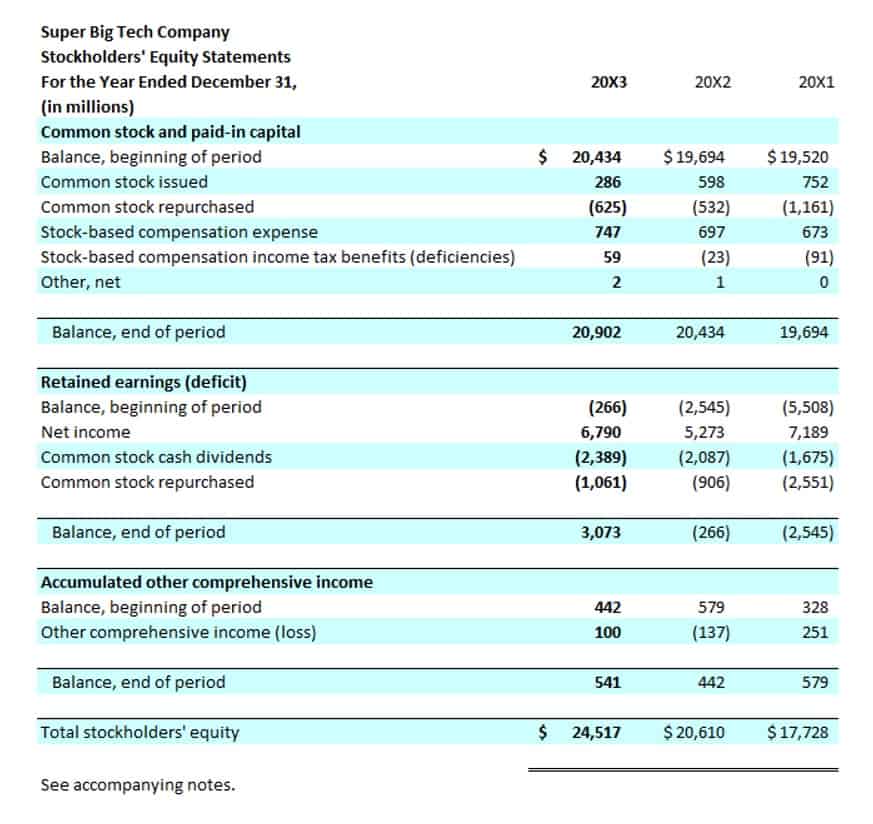Vertical Analysis Of Income Statement What Is It

If total assets were Rs. 500 crores, current assets were Rs. 150 crores, and fixed assets were Rs. 300 crores, the common size balance sheet would state as below. First, gather the balance sheet figures for each line item, such as cash, accounts receivable, fixed assets, etc. You can likely export the company’s financial statements from your accounting software to an Excel spreadsheet for easy analysis.
Financial Statement Comparison

Both techniques provide valuable insights for financial analysis and decision-making, but they serve different purposes and offer distinct perspectives on vertical analysis percentage formula a company’s financial performance. Vertical Analysis refers to the income statement analysis where all the line items present in the company’s income statement are listed as a percentage of the sales within such a statement. It thus helps analyze the company’s performance by highlighting whether it is showing an upward or downward trend.
- This is in order to get a clear picture of whether your performance metrics are improving or declining.
- It offers a better way to perform flux and budget variance analysis by automating the data collection process and integrating with your ERP.
- In the example below total assets has been chosen as the base line item and the right hand column shows each line item as a percentage of total assets.
- Vertical analysis is an invaluable tool for simplifying financial statements and gaining valuable insights into a company’s financial performance.
- By the early 1900s, the principles of vertical analysis were being applied to compare line items as percentages of total assets or total revenue.
Understanding Financial Statements

It assumes that sales revenue is the most important line item, which might not always be the case. Additionally, it can paint an overly simplistic picture of a company’s finances, and it can’t capture the complexities of different business models. Chartered accountant Michael Brown is the founder https://www.bookstime.com/ and CEO of Double Entry Bookkeeping. He has worked as an accountant and consultant for more than 25 years and has built financial models for all types of industries.
Editorial Process
- Income statement analysis can help you analyze the distribution of costs and expenses relative to revenue.
- Get started with premium spreadsheets and financial models customizable to your unique business needs to help you save time and streamline your processes.
- Vertical Analysis refers to the income statement analysis where all the line items present in the company’s income statement are listed as a percentage of the sales within such a statement.
- This step is taken in order to ensure that the analysis is carried out in the most thorough manner possible.
- It is most commonly used within a financial statement for a single reporting period.
By analyzing these ratios using vertical analysis, you can gain insights into a company’s cash flow management and capital allocation strategies. By analyzing these ratios using vertical analysis, you can evaluate a company’s financial position, leverage, and liquidity. Accurate and reliable financial statements are essential for conducting effective vertical analysis. If the financial statements contain errors or are not prepared in accordance with accounting principles, the results of vertical analysis may be misleading.
- As an alternative, horizontal analysis can be carried out where financial statements and accounting ratios are compared over a number of accounting periods in order to spot trends over time.
- For the balance sheet, total assets or total liabilities and equity are commonly used as base figures in vertical analysis.
- Net sales typically serve as the base amount when conducting vertical analysis on an income statement.
- This base amount, which in this case, is the sales or revenue, provides a very useful platform for comparison of each item on a year on year or quarterly analysis.
- Browse hundreds of articles, containing an amazing number of useful tools, techniques, and best practices.

The research involved data from 150 multinational companies and demonstrated how vertical analysis facilitates better comparison regardless of company size differences. Vertical analysis makes it much easier to compare the financial statements of one company with another and across industries. Vertical analysis, often referred to as common-size analysis, is a crucial financial tool used in the world of business and finance to assess the relative proportions of different financial statement items.
Vertical Analysis using Balance Sheet
The purpose of vertical analysis is to provide insights into the distribution and significance of various components within a financial statement. The main benefit of vertical analysis is that it helps businesses determine whether certain items consistently increase or decrease over time. Additionally, this fundamental analysis method helps businesses identify trends and patterns in their financial statements. These insights can then be used to make informed decisions regarding their financial strategy.

Industry Benchmarking
Though this is dependent on what you are attempting to measure as different financial documents will have different base figures. Vertical Analysis using Income Statements helps in understanding the proportion of each expense and revenue item. For instance, suppose the total revenue is Rs.10 crore and the cost of goods sold (COGS) is Rs.4 crore, then the COGS would be 40% of total revenue.
The Cash Flow Statement
This may be due to higher demand or some other factor that needs to be investigated. If you want to take your variance analysis to the next level, check out FloQast Variance Analysis. It offers a better way to perform flux and budget variance analysis by automating the data collection process and integrating with your ERP. For each line item on the balance sheet, divide it by the Total Assets and multiply the result by 100. There are advantages and disadvantages to everything, including using vertical analysis. If your analysis reveals unusual trends or variances, take the time to investigate these changes.
Startup Financial Model Template
By doing the same analysis for each item on the balance sheet and income statement, one can see how each item has changed in relationship to the other items. Let’s see some examples of vertical analysis of an income statement to understand it better. The vertical analysis calculator is one of many financial calculators used in bookkeeping and accounting, discover another at the links below. Again, keep in mind that these examples only become an issue if they occur consistently over several accounting periods, which is why it’s so important to perform vertical analysis regularly. Vertical analysis can be particularly helpful if looking to determine cash and accounts receivable balances over several accounting periods. Instead of determining the percentage of each line number against the base figure over a particular year, you can establish the change of each line https://www.facebook.com/BooksTimeInc/ number over a period of years.
